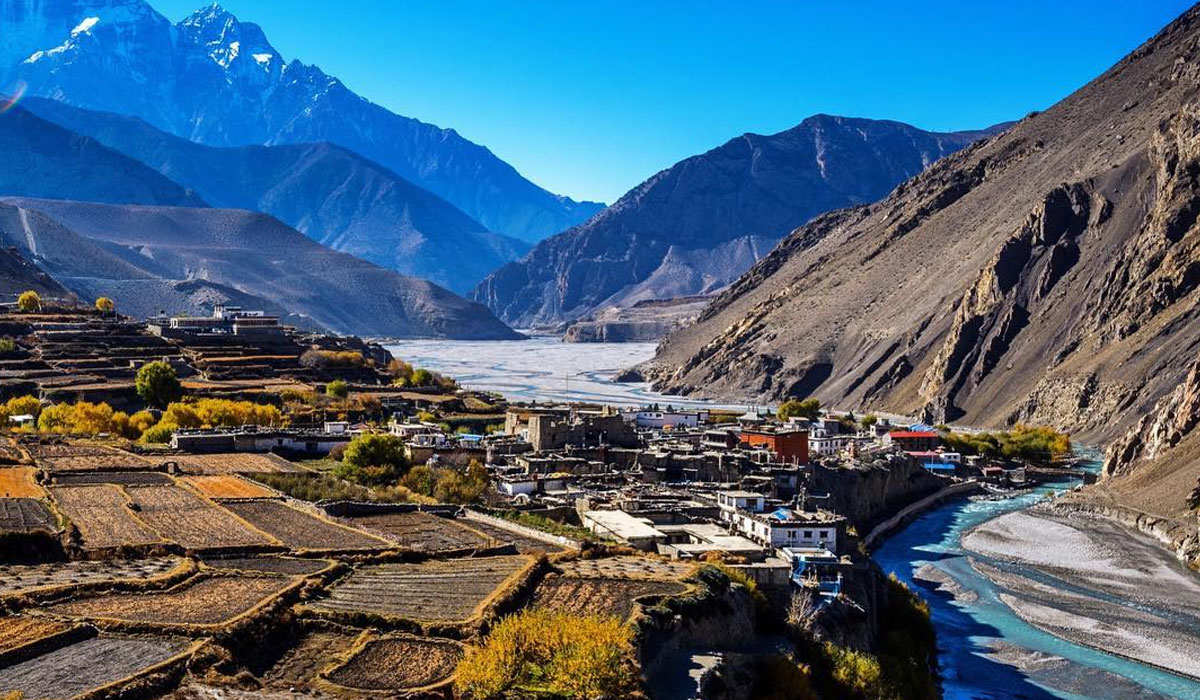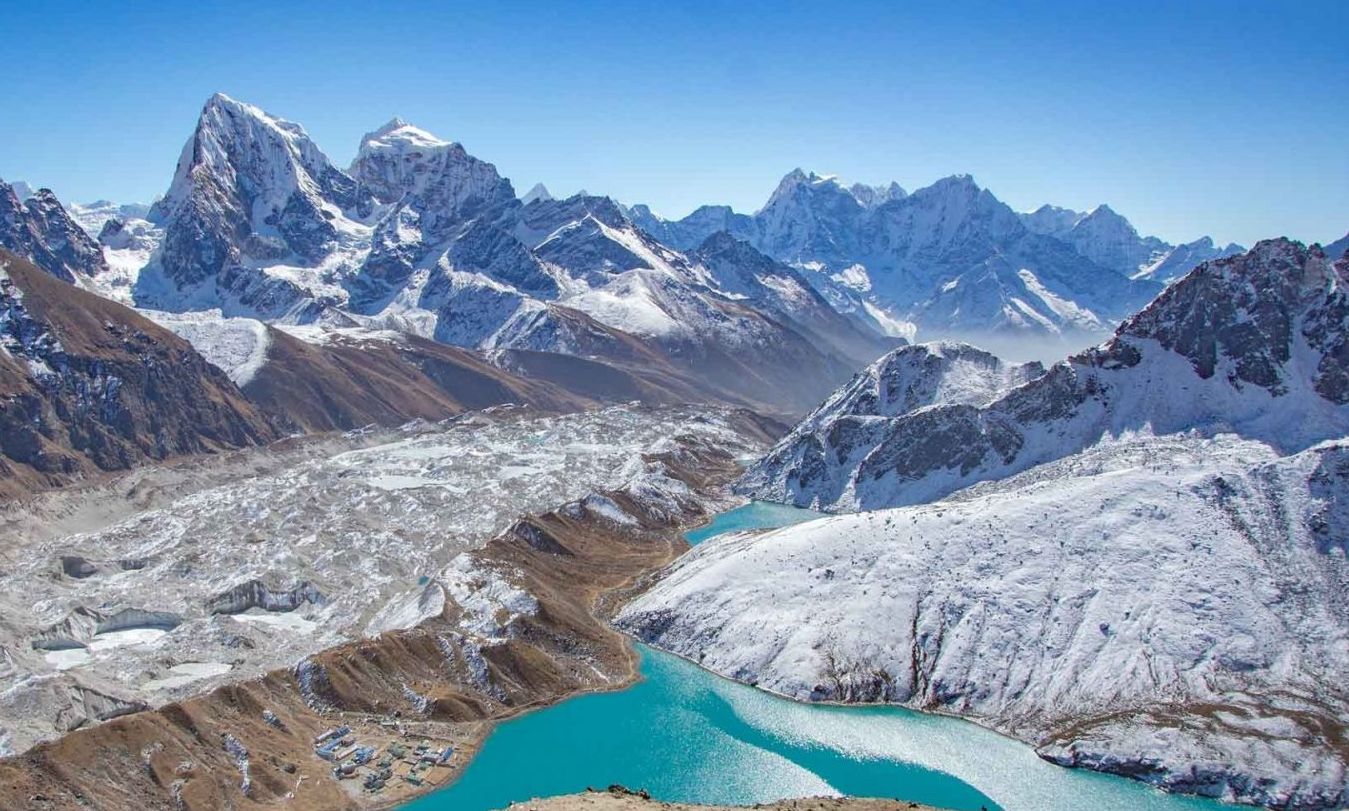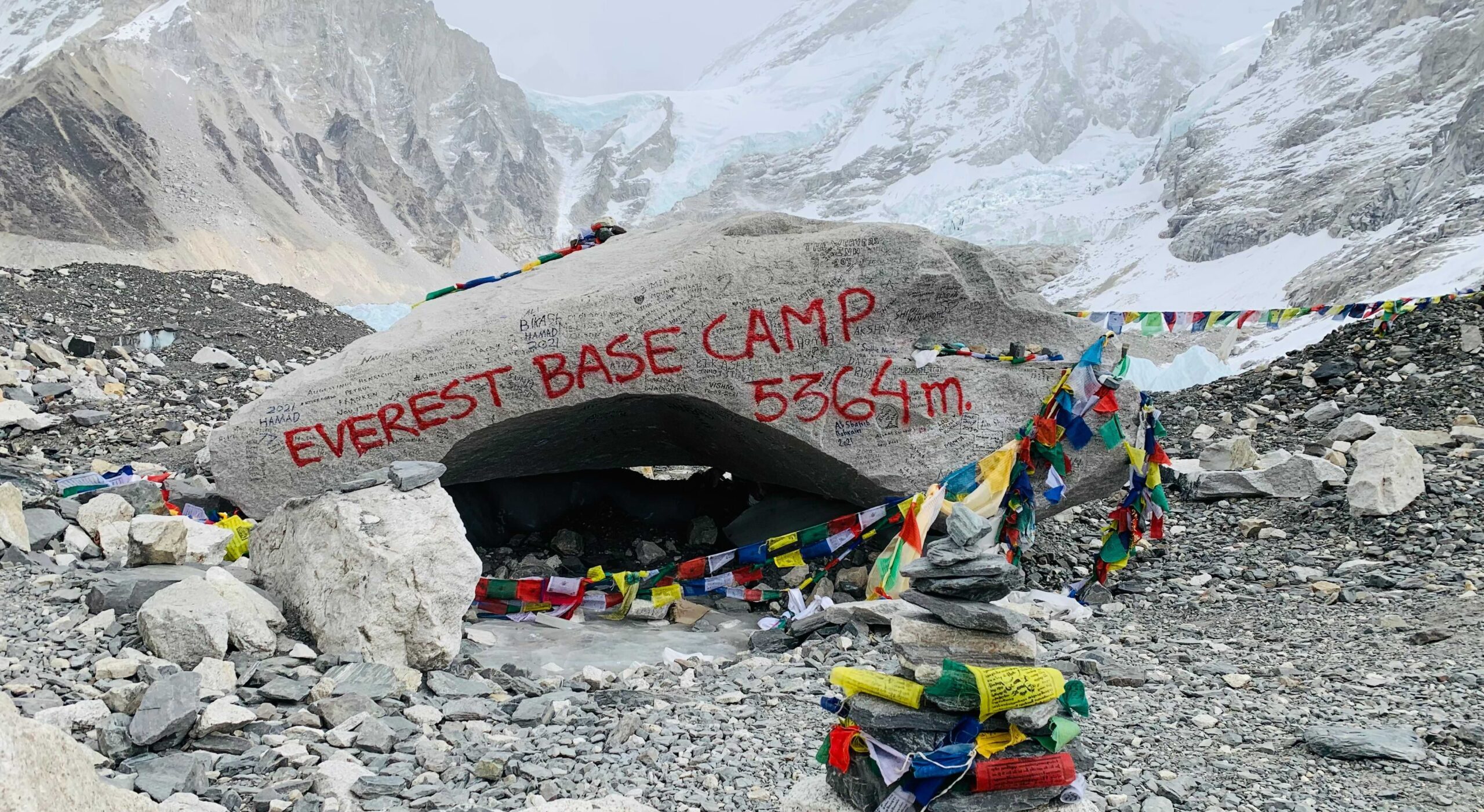Manaslu Circuit Trek Overview
The Manaslu Circuit Trek is one of Nepal’s most beautiful and remote treks, offering a perfect blend of adventure, natural beauty, and cultural richness. This incredible journey circles Mount Manaslu (8,163 meters), the eighth highest mountain in the world, and provides trekkers with an unforgettable experience through the dramatic Himalayan landscapes and traditional Tibetan-influenced villages. Far less crowded than the popular Everest and Annapurna routes, the Manaslu trek offers solitude and raw beauty that’s becoming increasingly rare.
Starting from Soti Khola and ending in Besisahar, the trek gradually ascends through lush green hills, terraced fields, and deep river gorges. As you climb higher, the scenery transforms into alpine forests, glacial rivers, and panoramic mountain views. Along the way, trekkers pass through traditional Gurung and Tibetan communities such as Jagat, Namrung, Samagaon, and Samdo, where the culture is deeply rooted in Tibetan Buddhism. Monasteries, prayer wheels, mani walls, and chortens adorn the path, offering a glimpse into the spiritual life of the Himalayan people.
One of the trek’s major highlights is the acclimatization stay in Samagaon, where you can explore the Manaslu Base Camp or the sacred Pungyen Gompa, both offering spectacular views of the snow-capped peaks and glaciers. Another important acclimatization stop is Samdo, a village just a few kilometers away from the Tibetan border. These rest days not only help your body adjust to the altitude but also allow you to immerse yourself in the quiet, spiritual essence of the region.
The most challenging and thrilling part of the trek is crossing the Larke La Pass (5,160 meters). This high-altitude mountain pass is often covered in snow and offers jaw-dropping panoramic views of the surrounding peaks, including Himlung, Kang Guru, Annapurna II, and of course, Manaslu. The descent from the pass is steep and demanding, eventually leading you into the greener valleys of the Annapurna region.
What sets the Manaslu Circuit apart is its authenticity and remoteness. As it lies within a restricted area, a special permit is required, and trekkers must be accompanied by a registered guide. This regulation helps preserve the local culture and environment while also ensuring a safer experience for travelers. Compared to more commercial routes, the tea houses along the Manaslu Circuit are more basic but provide warm hospitality and home-cooked meals that add to the charm of the trek.
The best time to trek the Manaslu Circuit is during the spring (March to May) and autumn (September to November) seasons. During these months, the skies are generally clear, the mountain views are at their best, and the weather is stable. However, due to the high elevation and remote terrain, trekkers should be physically fit and mentally prepared for long days of hiking and sudden weather changes.
In terms of biodiversity, the Manaslu region is a protected conservation area that is home to a variety of wildlife, including Himalayan Tahr, snow leopards, red pandas, and more than 100 species of birds. The trek also allows you to witness a variety of landscapes in a single journey—from subtropical jungles to arid high-altitude plateaus.
For those seeking a Himalayan experience that combines challenge, serenity, and deep cultural immersion, the Manaslu Circuit Trek is a perfect choice. It offers all the grandeur of the Nepal Himalayas without the crowds, making it one of the most rewarding trekking adventures available today.

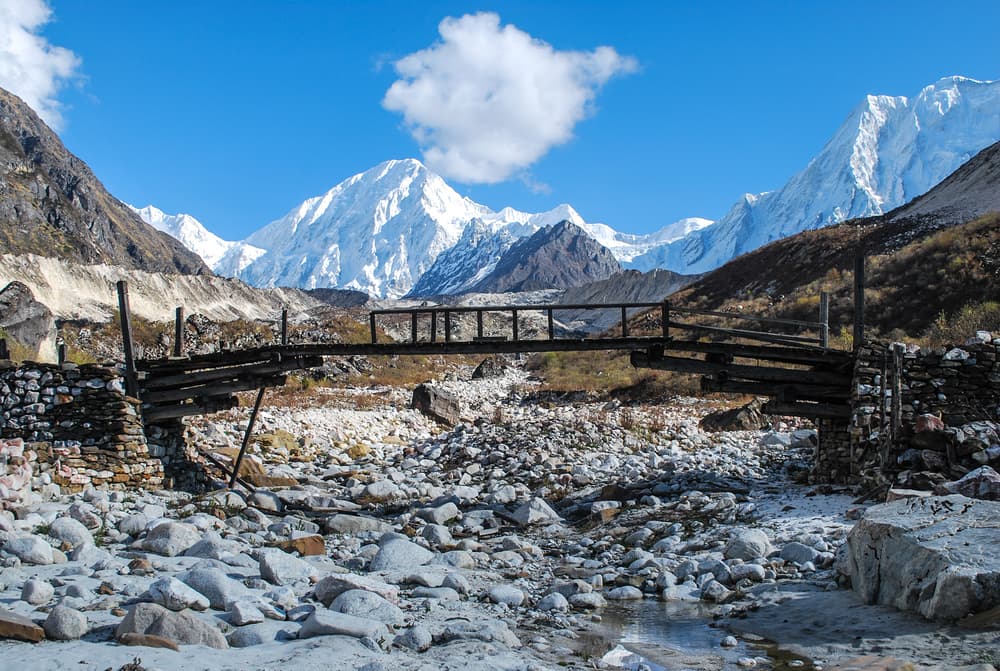

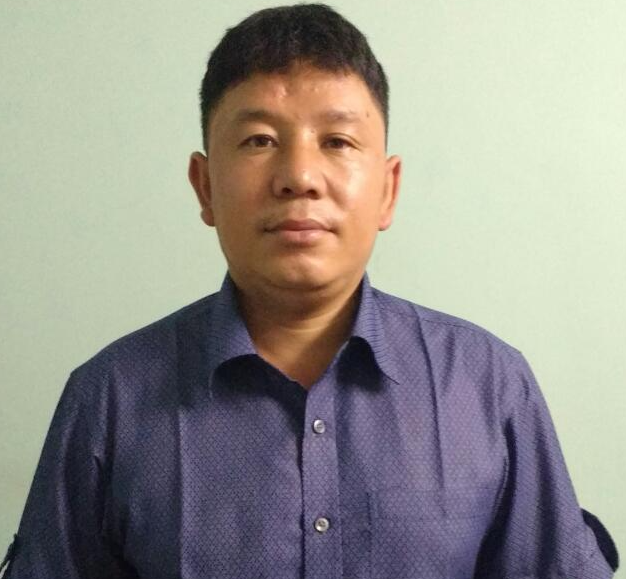 Have Questions?
Have Questions?
